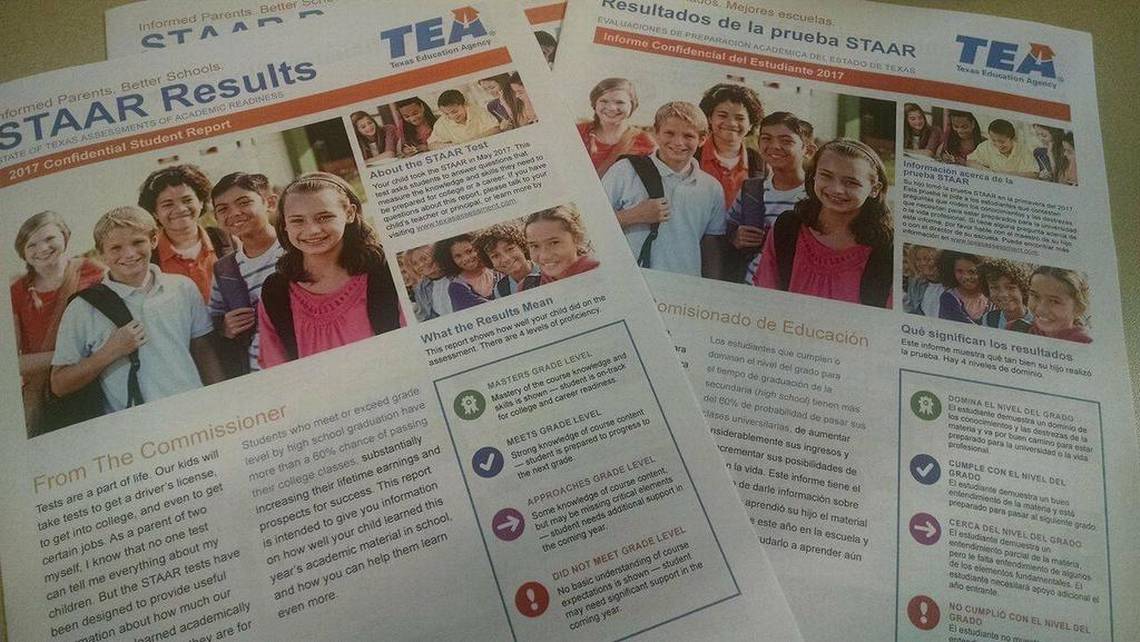|
Only have a minute? Listen instead
Getting your Trinity Audio player ready...
|

The July 9 article by reporter Omar Zapata on the 2024 STAAR end-of-course results was no doubt accurate and contains a massive amount of detail. However, understanding its meaning to the students and the future of Hidalgo County education is not presented and difficult to deduce. In fact, if we reach a correct understanding of it without adding too many additional facts and taking it out of its present context of “Texas only,” the results will be business as usual and a dismal future for Hidalgo County students. We need to condense the results by using only the eighth-grade results since those indicate their readiness for high school. They, like ACT and SAT nationally recognized tests, test readiness for future education.
First and most importantly is that the STAAR results are based on Texas students only. I will repeat what Mr. Zapata points out in his first paragraph: some Hidalgo County school districts were “close to, on par or surpassing state averages only in some categories” while others were totally under.
When we get specific it gets worse. There are 23 ISDs in Hidalgo County. The article had incomplete information for mathematics. It states that the majority was above average. So, being generous we will say that 14 (60%) exceeded average. In reading, three (13%) were above the state average. The science portion resulted in even poorer performance at two (11%) exceeding average. Finally, in social studies, again three (13%) made it over just average. Summing it up, only in mathematics did two or more of the 23 ISDs make it over average. In all other categories the vast majority barely met or failed to meet the Texas STAAR standard for average.
Remember, we are comparing our county schools to Texas STAAR that is given nowhere else in the country. So, let’s take a statistically similar state, California: Dollars expended per student in California is $17,000; in Texas $13,000. The U.S. average is $16,000. State revenue as a portion of ISDs’ budgets for California is 54.5%, ranking it 14th; for Texas it’s 35%, ranking it 31st.
Now let’s measure the educational results of the real numbers. The average SAT score for California is 1083, a B- and 24th place; for Texas it’s 978 and a C-, one above Puerto Rico. For the ACT California posts 25.7 for 4th place and Texas stumbles in with a 23 for 36th position, plus US News & World Report puts us at 34th in high school graduate college readiness. So, what all the data mean is that “Texas average” students are being cheated since their “average” is in the bottom third of the nation. Can you imagine where our majority of below “Texas Average” ISDs are? I don’t want to!
No, folks, this time I don’t have a solution, but it would help if Gov. Greg Abbott contributed more funds to public schools instead of spending them on his charter schools and rewriting history. Also, he should take advantage of federal grants instead of refusing them due to a political snit. Plus, locally we should find some non-political local administrators and reward scholastic accomplishment as much as sports.
Ned Sheats lives in Mission.



